Attractive blossoming liana, Clematis - the perfect decoration of any garden or flower garden. A varietal variety and color scheme of inflorescence amazing the imagination, and the duration of abundant flowering can not not "delight the eye."
An unpretentious decorative plant is easy to grow independently. It is enough to know key agrotechnical techniques when landing and leaving the shrub in the open ground. How to grow Clematis? What to choose a variety? Where is better to plant a shrub? This article will have answers to all questions, and the practical recommendations of the gardeners will help to cope with any problem.
Clematis, description of the plant
- Clematis or, as it is also called, Lomonos is a perennial plant of the Lutikov family.
- The cultivation area of \u200b\u200bClematis in nature occupies subtropical and moderate climatic zones. Representatives of this kind can be found in the steppes and armor, at the foot of the mountains and along the shores of the rivers, in the meadows and in shrub thickets.
- This extensive genus is represented by grassy or rustic forms of plants (shrubs, half-workers).
- Lomonosa is warm and moisture-loving plants preferring to grow in open sunny places and rich fertile soils.
- A characteristic feature of the kind is the presence of a lio-like or false stem. Leaves are small, solid, sometimes cakes.
- His flowers are considered the main decoration of the culture: large, usually single, varied bright shades. Clematis blooms in the spring and continues to bloom almost the entire warm season. The palette of the paints of blooming clematis is so diverse that it is difficult to name a non-existent shade of inflorescence.
There are more than 300-tons of types of Lomonosov. Their species and varietal variety is so rich that botanists have to classify plants in different signs.
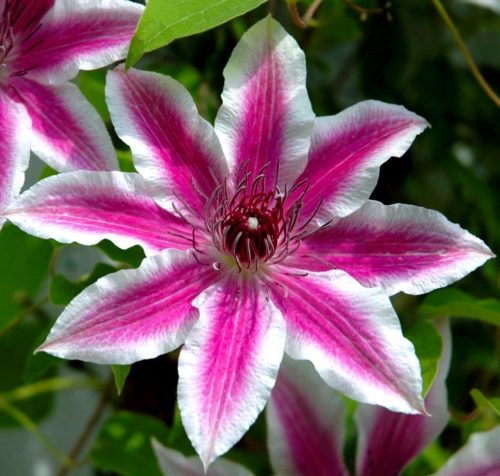
Clematis: species and varietal variety
There are more than 300-tons of types of Lomonosov. Their species and varietal variety is so rich that botanists have to classify plants in different signs. Consider the main groups of Clematis.
Classification for group trimming
Group (a). Flower kidneys are formed on the shoots of the previous year.
- View: Clematis Alpine (Alpina) It is a liano that achieves high to 3 m.
Popular varieties: clematis Artagena Frank (winter-hardy grade, has bell-shaped blue inflorescences with a white core), clematis Albina Plena (Tall grade, with terry snow-white flowers), clematis Pamela Jackman. (characterized by purple large flowers blooming twice per season).
- View: Clematis Flowery (Florida) differs on tall rustic lianas with single large, light tones, flowers.
Popular varieties: clematis Kazh (not high grade with lilac large flowers), clematis Jeanne d'Ark (frost-resistant, blooms with snow-white large terry flowers).
- View: Clematis Mountain (Montana)he has a giant liana (up to 9 m) and collected in inflorescences for several pieces with flowers on high flowering.
Popular varieties: clematis Rubens.(Flowers of red shades), clematis Montana Grandiflora. (The whines are painted in a gentle purple or white color).
Group (B). Flower kidneys are formed on the shoots of the previous and current year
- View: Clematis Woolly (Lanuginosis) It is not a high shrub lianu with huge (up to 20 cm) flowers. It blooms twice: first on the last year's shoots, then - on the young.
Popular varieties: clematis Madame Le Cultor(varieties of medium-hardiness, with white sewers), clematis Hybrida Sieboldii. (characterized by a long period of flowering gently - lilac, with purple edge, flowers), clematis Lawsoniana. (stands out with flowers, purple color, with a dark strip in the middle).
- View: Clematis spread (Patents) Poor tolerates severe frosts, long, shrub liana reaches no more than 3 m.
Popular varieties: clematis Joan Pikton.(wavy along the edge, large flowers are abundantly decorated with a bush), clematis Multi Blue (terry flowers, purple shades, are located on the run into several tiers).
Group (C). Flower kidneys are formed on the shoots of the current year
- View: Clematis Group Jacmana- Large shrubs with liano-like shoots, length up to 6 m. Flowering lasting and abundant.
Popular varieties: clematis Rouge Cardinal (possesses medium winter hardiness, sewers - velvety, saturated pink color), clematis Gipsy Queen. (Shadowish variety, with velvet purple wrenches), clematis Bella(distinguished by star snow-white flowers) .
- View: Clematis Purple (Vitelle) Different with rapid growth and endurance.
Popular varieties: clematis Ville de Lyon (abundantly blooms, red inflorescences), clematis Viola.(disk-shaped flowers, dark violet color with purple streaks).
- View: Clematis solid (integrality) - Polochstarnik not clinging to support. Flowers of the bell shape, drooping.
Popular varieties: clematis Durandii.(large-flowered form), clematis Vyrava (Star flowers burgundy-purple tint and combinations).
- View: Clematis burning (small bed)it is distinguished by rapid growth, abundant flowering of small, collected in lush inflorescences, white and fragrant flowers.
Classification for morphological features:
- Herbate perennial lianas (shoots die at the end of the growing season).
- Harvester (upper shoots die away, lower - saved).
- Shrubs (a weird, non-dying stem).
Classification in the size of flowers:
- Large Clematis.
- Mednical Clematis.
- Small-flowered clematis.
To buy clematis of the desired variety, it is better to contact a specialized nursery or shop. Acquired in the markets, seedlings may not comply with the declared proposals.
And in order to finally decide which variety to plant, it is not bad to first revise the reviews of experienced flowerflowers on special flower forums or recommendations of people growing Lomonosa on sites - Otzoviki, such as http://otzovik.com/, http://irecommend.ru /.
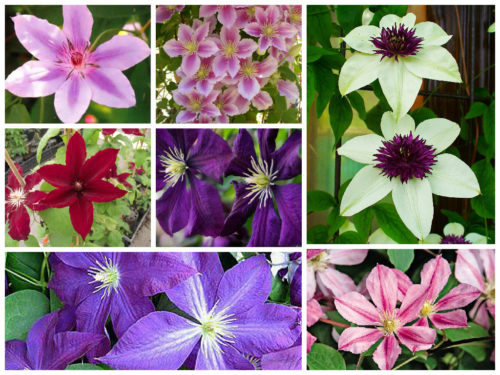
Clematis, Premunition Features
The plant is multiplied with vegetative (division of a bush, brass, cuttings) and generative methods (seeds). Consider the advantages and disadvantages of each method.
Vegetative breeding method
Division bush
This method is suitable for young, still not very scorched, shrubs (not older than 6-7 years).
- You need to dig Clematis carefully, trying not to damage the roots.
- Purified from the Earth, the bush is divided (with a knife or secateur) to the equivalent parts, with roots and kidneys on the root neck. Too long shoots cut off.
- The obtained parts of the shrub are seated according to the landing rules.
Reproduction by chains
This breeding method is used in spring or autumn. Among the gardeners, it is considered relatively not time-consuming and highly productive.
- In the preparation of autumn regulations (in October-early November), Clematis shoots first exempt from foliage and sworded buds.
- Then, part of the prepared shoots are collected in the harness and laid in the earthen groove. If the bottom of the grooves spray peat, the moisture will be maintained much longer, while maintaining the maximum soil aeration.
- From above, the associated shoots sprinkle soil and well seal it. Clematis bush is covered for winter.
- Since the beginning of the vegetation (spring) and throughout the season, the plant is regularly watered and mulched (peat or moss) the rich surface.
- On the next autumn, the chains are ready for landing: they germinate and give roots. Gently digging the sprouted chain, they are planted for a permanent place.
In the same way, you can prepare the spring chain. However, then it will be more difficult to keep sprouted shoots in the winter. They should be carefully hidden for winter sawdust, sweetheart, foliage or special materials (rubberoid, burlap).
As a rule, in the spring, it is better to apply the method of pinching separately taken shrubs of the shrub.
- For this, last year's shoots of Clematis (at the site of the node) fix it to the ground with a metal bracket or wire, in a pre-prepared, shallow groove.
- From above, the escape is sprinkled with a peat, leaving open only its uphety part. In the fall, rooted seedlings will be ready for disembarking.
Reproduction of cuttings
The drawing is carried out in autumn, with fairly mature shrubs (at least 4-5 years) Clematis.
- Initially, cuttings are preparing: cut shoots (from the middle part of the stem), on which there must be at least two developed kidneys.
- The cuttings fall asleep the earth and lowered in the basement until spring. Periodically, the land should be watering, keeping the wet soil microclimate.
- Early spring, cuttings are placed in the room with a temperature of about 15 ° C. When sprouts appear, the temperature in the room is increased, the ground is regularly moistened.
- In May, the sprouted cuttings can be planted in an open ground.
Seed method of breeding
Growing Clematis from seeds, you need to be prepared that the process will take enough long time (3-4 years) until the sprouted seedlings can be planted into open ground.
This method is often used by breeders to remove new varieties.
- The collected seeds are subjected to preliminary stratification and seed into the container with an soil-peat-sandy mixture.
- Fresh seeds (collected in the current year) give the greatest germination.
- You can store seed material about 3-4 years in paper bags, at a temperature of about 20ºC.
- Seeds before landing is better to go through the fractions: small, medium and large, as they have different sowing times. The largest seed seeds are already in November-December, because they will germinate longer, the average - in January, and small - in March.
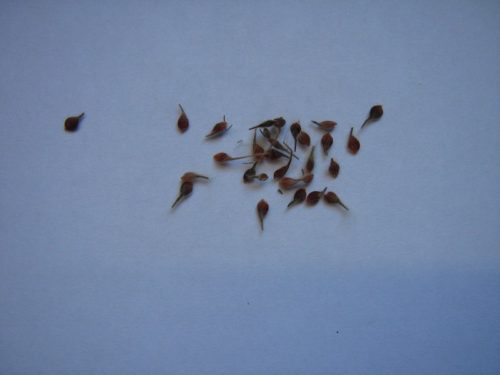
Clematis, landing agrotechnik
Given the long life expectancy of Clematis (about 25-30 years), it is necessary to initially choose a place to land. The development of the plant in the future, the effectiveness of flowering and the growth of Lian depends on this.
Place for landing
- Clematis prefers a warm, sunny and windless place. Suit light half. Shaded areas negatively affect the process of Lomonos flowering. A permanent wind or draft can injure thin shoots and tear flowers.
- Do not land Clematis in places of constant water stagnation (in lowlands, under the roof of the roof). Such conditions can lead to the reinforcement of the root system of the plant. In places with a high level of groundwater, it is necessary to provide high-quality drainage and outflow of water.
- Considering the features of the lio-like stems that cling to and go, you need to prepare in advance support (Trelliers, pillar) for shrubs or planting in suitable places (arch, gazebo, wall).
- The soil on the site should be nutritious, breathable, loose, with a slightly alkaline or neutral medium. If the soil does not match such parameters - you need to make missing components (chernozem, sand, humid, wood ash, peat, etc.). In the case of increased acidity of the soil - it is necessary to neutralize it by adding haired lime. Perfectly suitable subtle fertile types of soil.
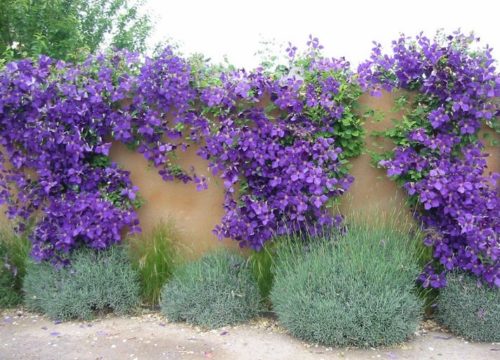
Agrotechnology landing saznutsev
The landing of Clematis is carried out both in the spring (April-May) and in the autumn period (September-October).
- Prepare a landing pit around a half-meter in width, height and length.
- If the seedling has a root back, you need to soak it before boarding for several hours in water.
- At the bottom of the pit, make a drainage layer (10-20 cm) from crushed stone, crumbs or broken bricks.
- Pour into the hole, a small hilly, a layer of soil a mixture of the earth, sand and humus (until the middle of the pit), vertically put a seedling, straighten the roots and fall asleep the earth.
- In the prepared soil mixture, you can add complex mineral fertilizers. In no case cannot be used fresh manure.
- The root neck and the first interstice of the seedling should be piled up the earth.
- Seal the soil around the seedling, pour and sprinkle with sand, protecting the root cervatis neck from the posting.
- Top with the soil is better to climb moss or humus.
- Clematis sit down with a slight blow away in the soil (not falling asleep in the level with the surface of the soil) to prevent them from freezing in winter. As the soil sends, it is gradually being added to the pumpe.
- The distance between the seedlings should be at least 70-100 cm.
- Lined in autumn seedlings, warm on the winter with a layer of dry leaves or a special observer material.
Agrotechnology planting seeds
- Sorted by size seeds are sown (in different times) in the container with soil mixture from the ground, sand and peat (1: 1: 1).
- Sowing is not deep, slightly sprinkled with the seeds with a small layer of land.
- The earth is slightly condensed and moisturized. From above, the container is closed with glass.
- The room temperature is maintained about 25ºC.
- It is necessary to regularly venture and moisturize the seeds planted.
- The emerging shoots are better to protect against direct sunlight, while providing good lighting them.
- The appearance of the first leaflets signals the need to dive seedlings and disseminate in separate containers.
- In the warm season, you can land seedlings to the street, in the half. In the fall, they need to thoroughly cover the winter or transplant into room pots. A few years later, the grown seedlings will be ready for landing at a permanent place.
- Periodically, it is necessary to pinch the tip of escape, stimulating, thus, the development of the root system.
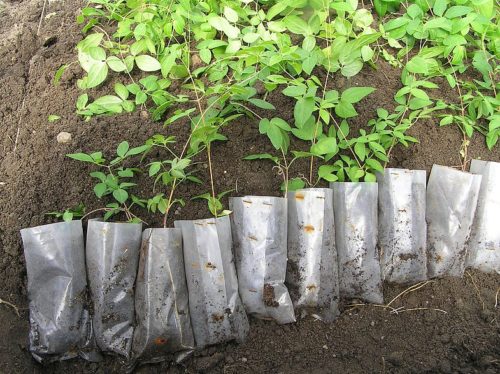
Clematis, care characteristics
Growing Clematis and observing the basic rules of agrotechnical events, care for the shrub will not be much labor and difficulties. Abundant watering, loosening, shelter for the winter and making fertilizers - conventional techniques of cultivation of garden crops. Special attention should be paid to the trimming of Lian, depending on the type of Clematis.
Watering
- Clematis is a moisture-loving plant, needs regular and abundant irrigation.
- The average irrigation rate is 1 time per week, and with hot and dry weather - 2-3 times.
- Young shrubs absorb from 5 to 20 liters of water at a time, and the scratched mature cultures are 2 times more.
- Do not abuse excessive irrigation, as the stagnation of moisture is adversely affected by the plant.
- Watering is carried out, as a rule, in the evening.
Loosening and mulching
- The loosening and removal of weed grass is the usual care for care for any plant.
- In order to avoid excessive overheating of the soil and preventing the appearance of weeds, it is recommended to climb the rolling circle of Clematis moss or humus.
Trimming
Clematis pruning is an important agrotechnical reception, stimulating the future formation and abundant blossom of shrub. Cut the fall in the fall, before shelter to wintering.
Taking into account the classification of Clematis for the pruning group, there are a number of nuances of trimming of a kind of shrub.
- Clematis "Group A" do not need trimming, as future flowers are laid on the shoots of the previous year. Just only after the end of flowering, it is too thick a bush, removing weak and damaged shoots.
- Clematis "Group B" are subjected to moderate pruning. One-year-old shoots are cut up to 30 cm, and two-year-old - up to 1-1.5 meters.
- Clematis "Group C" needs a strong trimming (before the first kidney), leaving 20-50 cm of shoots.
- In the first year of landing, all formed on the plant, buds, ensuring the best development of the root system.
Support
- To support the curly Lian, it is necessary to install special supports in advance (trellis, pyramids, fan designs) or land in places where Clematis will be able to cling and grow.
- So that the bush looked well-kept, you need to tie down, as they are growing.
- Grounding, Clematis Kush becomes rather heavy, so the support should be durable and reliable.
Feeding and making fertilizers
- Fertilizers can already be made for the 2nd year of the shrub.
- The first feeding is carried out during the period of active growing vegetation and extension of the green mass. Used nitrogen fertilizers that stimulate plant growth.
- The next feeding will be appropriate during Clematis Bootonization. Apply potash and phosphoric fertilizers.
- Autumn feeding is carried out by adding superphosphates according to the instructions. Overdose negatively affects the development of culture.
- When making fertilizers simultaneously and watering shrubs.
- It is also recommended to use organic fertilizers and additives (chalk, dolomite flour, wood ash, humid, compost).
Fighting pests and diseases
- From pests, Clematis's roots most often damaged bear, nematodes or moles, and leaves and stems - slugs, wave, shield, web tick or snail. For their extermination it is necessary to use special chemical means of struggle (different for certain types of pests).
- Plant damage to such a disease such as malievable dew, visually markedly due to white plaque at all parts of the shrub. At the same time, the contaminated parts of Clematis are cut and destroyed, and the bush is treated with a fungicide ("cater").
- If a rusty flask appeared on the foliage - Clematis is infected with rust fungal disease. The plant should be treated with a mortar of burgundy fluid.
- Fungal disease "Wither wilt" entails wilting and drying plants. Primarily affects the roots, then the remaining parts of the bush. By removing the damaged part of the clematis, at the same time treating it fundazol or Azotsenom, including abundant watering at the root of the culture.
Shelter for the winter
- To prevent freezing clematis, they should cover for the winter, especially young immature seedlings. Also, the least hardy shrub is considered to be the root collar.
- Shelter is best done from special permeable materials (roofing, roofing felt) to the bush is not rotted. Use seeding the clematis dry foliage or spruce branches. Sawdust may cause zaprevaniyu bush, so it is better not to use as a winter shelter.
Using Clematis in landscape design
Given the high quality decorative clematis, it is rightly considered a valuable plant material in the design of gardens and the creation of the original landscape design.
They look great as a single shrub planting vines and group plantings.
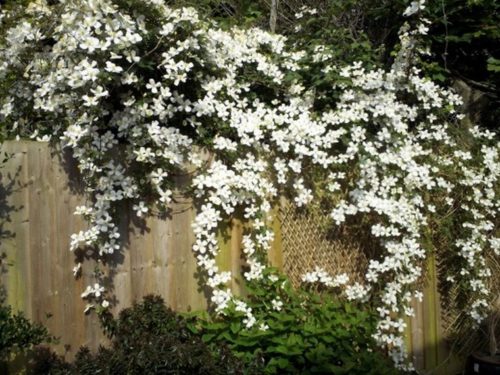
Profitable emphasizes the texture of curly bush bearing or decorative arches.
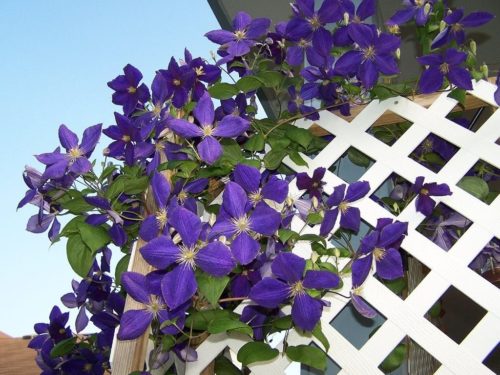
Clematis is successfully combined with many plants from evergreen cypress to delicate heather.
In any case, clematis will be a real gem of a garden plot, and will delight the surrounding abundant and lasting splendor of its flowers.
Thus, clematis, beautiful flowering vine, with a huge variety of colors palette inflorescences, there will always be a highlight of the flower garden or infield. Undemanding plant can easily grow on their own, while respecting the basic agronomic rules to care for him.

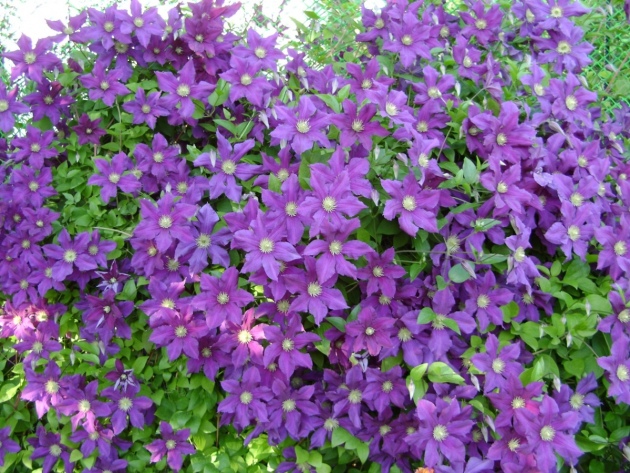
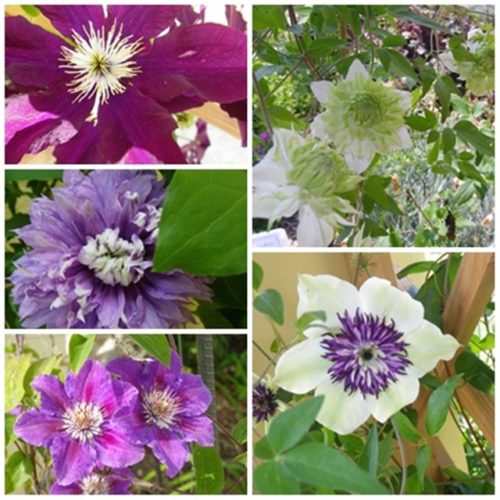
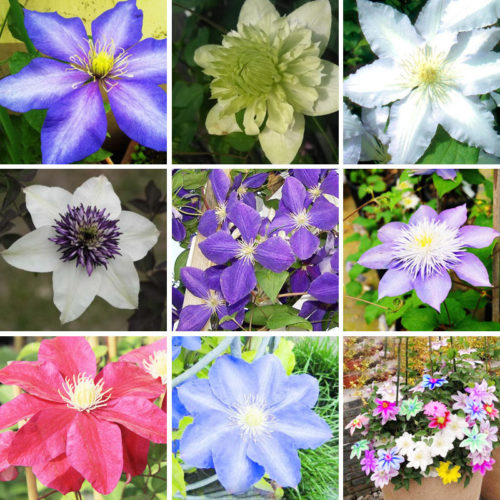
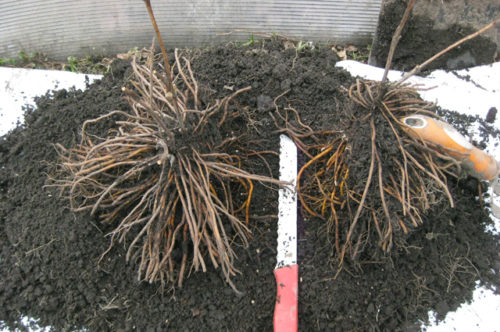
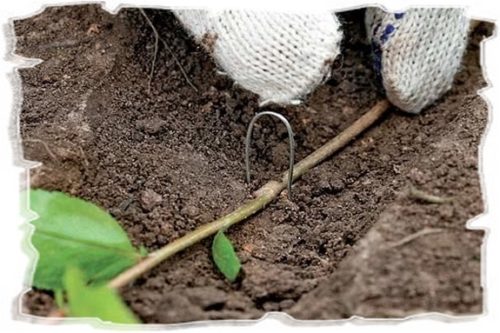
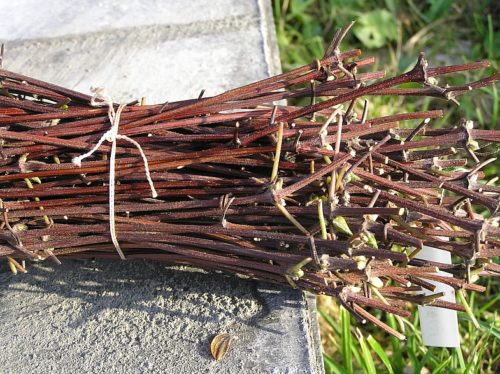
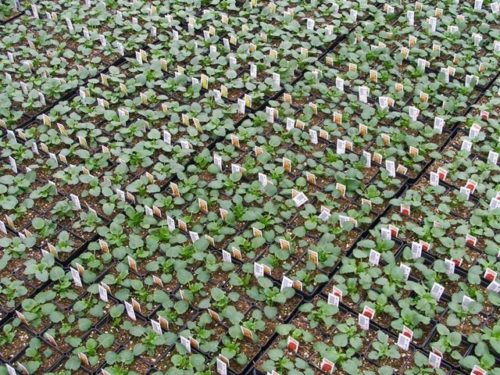
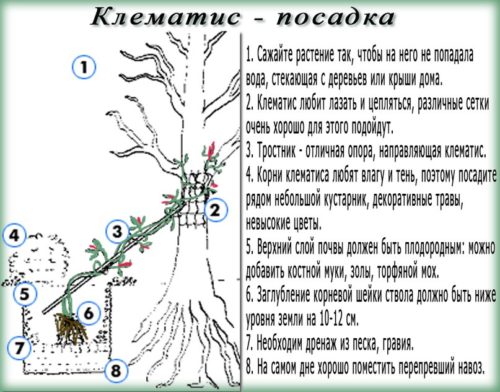
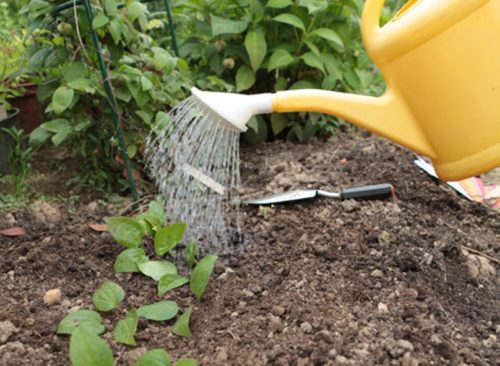
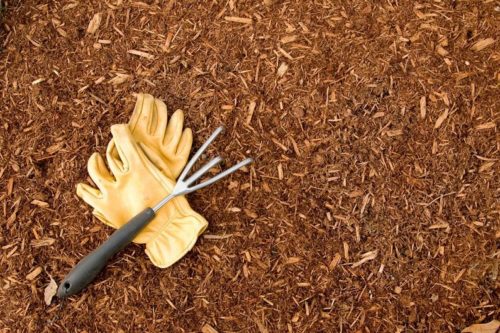
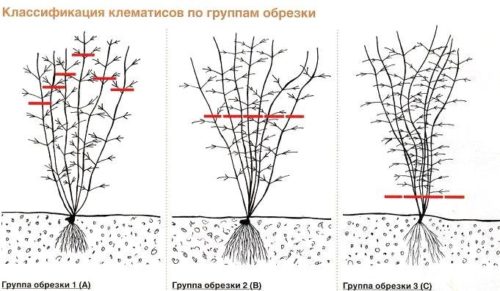
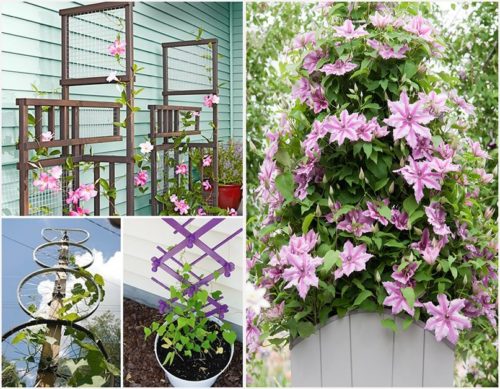
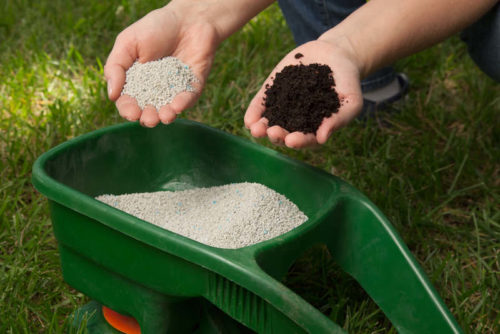
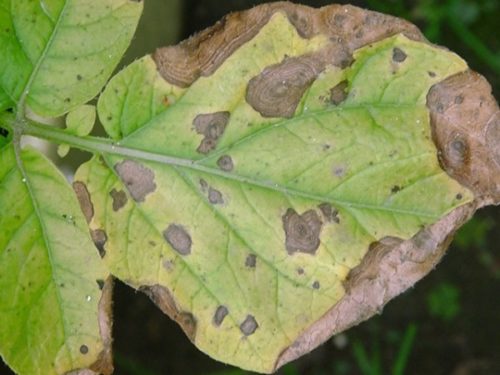
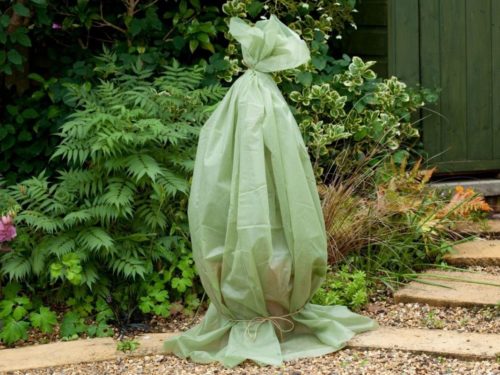
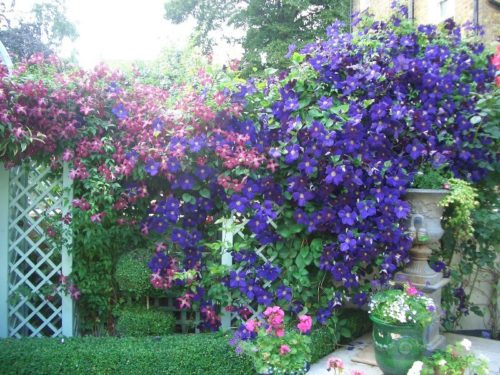
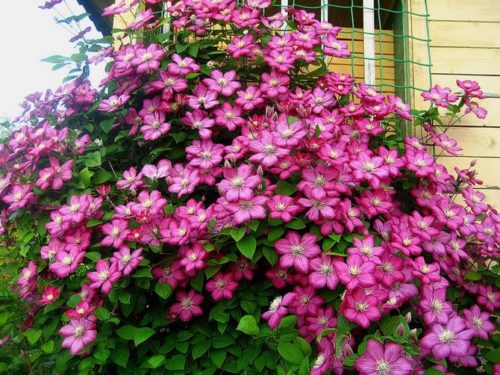
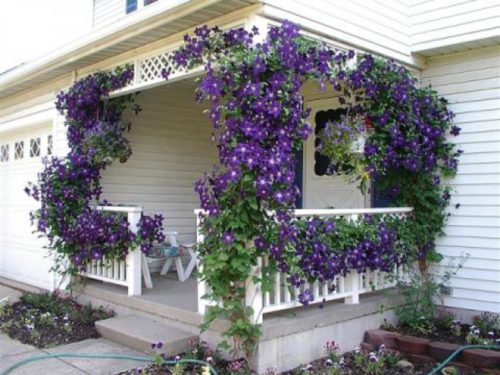
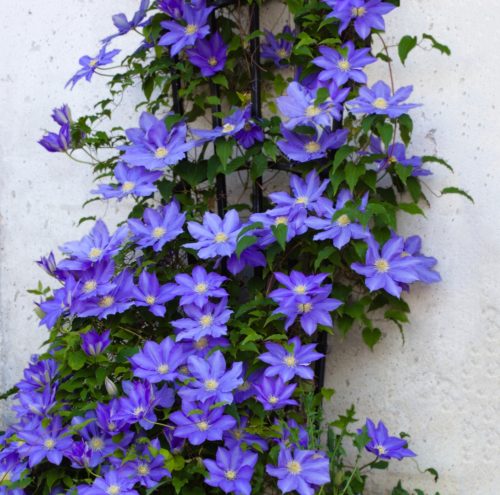
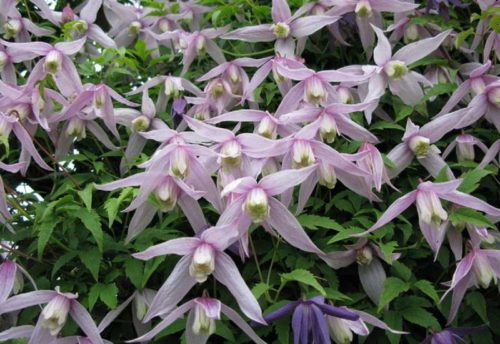
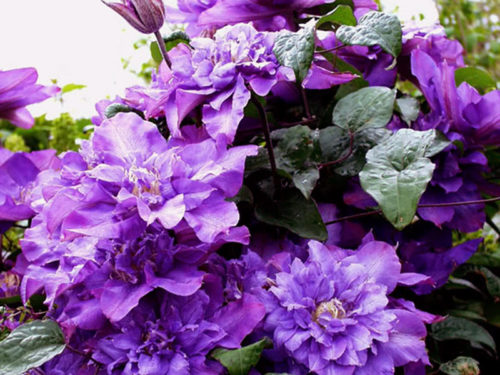
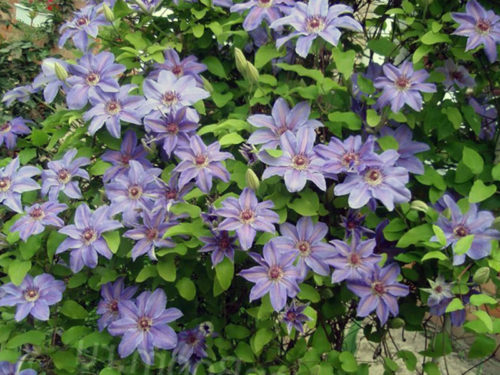

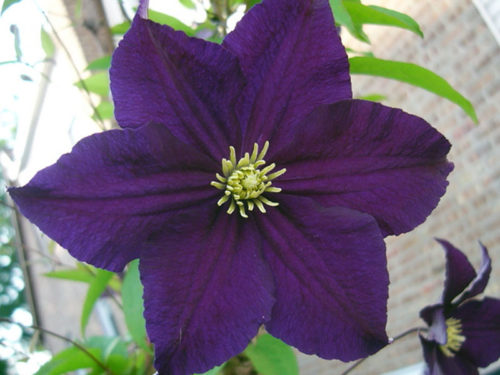
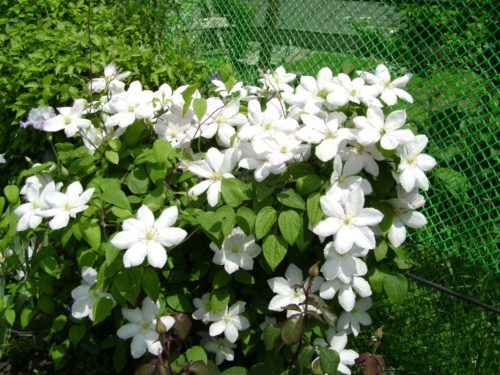












 Start a discussion ...
Start a discussion ...